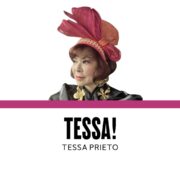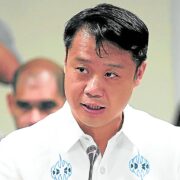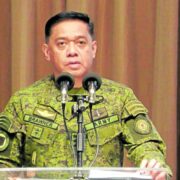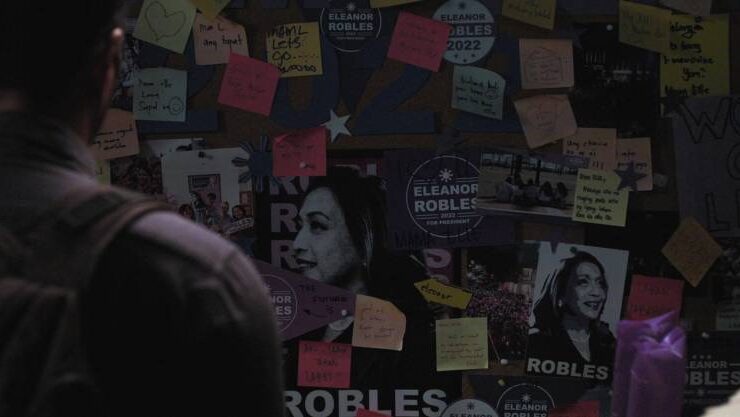In ‘Quezon,’ women wage a revolution all their own
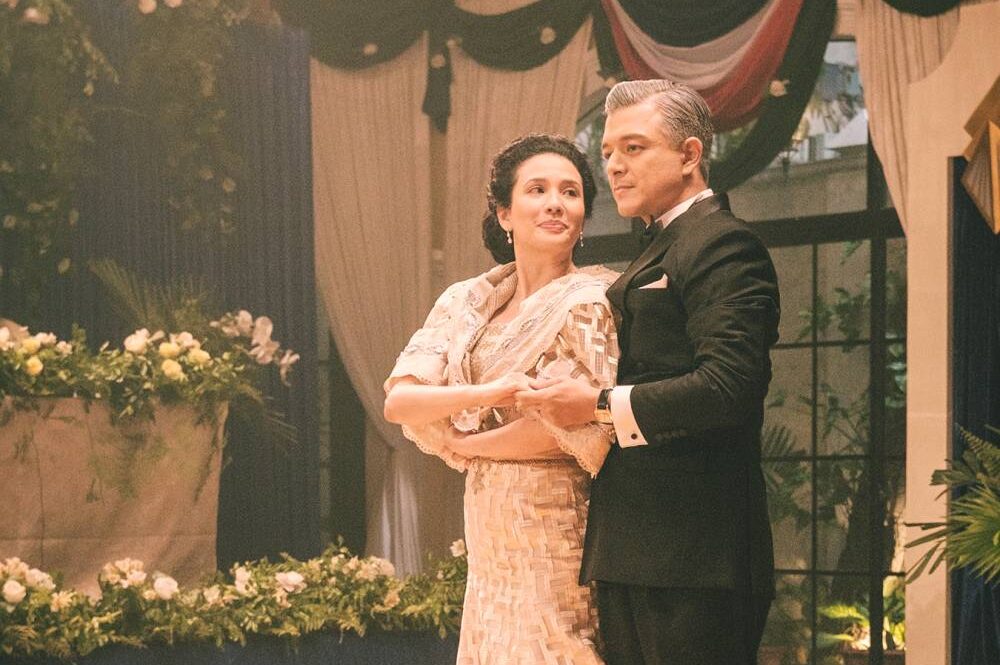
What did it mean to be a woman—and the wife of the Philippine president no less—during the pivotal Commonwealth era of the early 20th century? What were the burdens she bore, the compromises she made, and the layers she had to peel away to find her own voice?
Just thinking about it was enough to stir Karylle’s frustration all over again.
“Umiinit na naman ang batok ko kapag naaalala ko,” quips the singer-actress, who portrays Aurora Aragon Quezon—wife of the sharp, charismatic, but womanizing President Manuel L. Quezon (MLQ)—in Jerrold Tarog’s upcoming epic historical drama, “Quezon.”
Where to start, even? With the moral fortitude it took to be a constant conscience to her husband’s insatiable thirst for power? The dignity with which she had to carry herself in the face of infidelities? Or perhaps the physical and emotional toll of nursing a man suffering from tuberculosis, as the nation watched on?
Not a doormat
Through it all, Aurora remained firmly by her husband’s side. But don’t mistake her devotion for mere acquiescence. “You will see how complicated their relationship was,” Karylle tells Lifestyle Inquirer at a recent press conference. “She was always there, but she wasn’t a doormat.”
In the privacy of the bedroom—away from the rostrums where the President delivered his imperious speeches—they were “on equal footing.” “Aurora was the truth teller,” Karylle says of the second First Lady, who held and tested her husband’s actions against a standard of decency. And with someone he could trust, the President was free to question things and express his innermost thoughts, revealing the human side of a man many of us saw only as a monument.
“I think that’s a nice dynamic to see… There’s still a deep love, which is admirable,” points out Karylle, who was given a book about Aurora by his “nerdy” co-actor and lead star Jericho Rosales.
At home, she raised a family—although not perfect—that placed great value on respect and education. At the dinner table, discussions flourished, their children encouraged to speak up and share their opinions about what was happening in the world.
Outside, Aurora used her platform to advocate for social justice and practice philanthropy, becoming the first chairperson of the Philippine National Red Cross and an honorary president of the White Cross orphanage. But perhaps most importantly, she actively campaigned for women’s suffrage, which her husband signed into law in 1937.
“She once said, ‘Why shouldn’t women be allowed to vote when they are subject to the same laws as men?’” Karylle says. “She was a special woman. What a woman.”
A self-effacing act
While Aurora’s life and welfare work is well-documented, the historical record on Maria Agoncillo Aguinaldo—the wife of MLQ’s rival, Emilio Aguinaldo—is considerably more scant. (She doesn’t even have a dedicated Wikipedia page.)
So at first, actress Angeli Bayani thought researching about the character would be a problem for her.
But the more she immersed herself in the role, the clearer it became to her that Maria’s lack of pomp was something she could actually use as creative fuel. The fact that “there’s barely anything about her” suggests that “it wasn’t that important for her to be there” in the public eye or in the pages of history.
And this could well be a conscious act of self-effacement by a woman who chose to embody the adage: “Behind every great man is a woman.” Or rather—a great woman. While Aurora wielded leverage from the wings, Maria held the center “from the shadows,” in hopes of preserving her husband’s honor and legacy.
Maria married the former President in 1930 after the revolutionary period and a few years before his final, failed presidential bid against MLQ in 1935. And in her hands lay the task of steadying an aging statesman staring down defeat.
“She knows that the way to be a first lady is to be a partner,” Bayani tells Lifestyle Inquirer. “She thinks that she wouldn’t be worthy of the title if she couldn’t be a true katuwang. That’s how I see her. I also feel Aguinaldo knew exactly what she was to him—that he can’t do it without her.”
Bayani stops short of saying she loves the character, but she has great admiration for Maria. For she believes that marrying the country’s first president—and everything that comes with it—“takes a certain kind of woman.”
“She knew what she was getting into. She knew that one day, people may call her First Lady, but the spotlight won’t be on her,” Bayani says. “‘Di madaling maging babae noon, and I admire her for it.”
Understated influence
Produced by TBA Studios and opening in cinemas on Oct. 15, “Quezon” follows MLQ’s fight for Philippine independence—from his rise as governor of Tayabas, to his political split with Sergio Osmeña and his feud with Governor-General Leonard Wood, and ultimately, to his victory over Aguinaldo in the 1935 presidential elections.
While “Quezon” focuses on MLQ outmaneuvering of his rivals—and the political machinations of men in general—the movie, Tarog says, also honors the role of women in shaping history, however understated their influence may have been at that time. “The female characters are the strong pillars to the male fronts of the story,” the director tells Lifestyle Inquirer.
This can be seen, not only in the way Aurora and Maria served as anchors to two of the country’s biggest historical figures, but also in the presence of female characters who take part in history-building from the sidelines, including journalists and observers who act as a bridge to public engagement.
The fictional journalist Carmen Hernando, played by Ana Abad Santos, is one of them. “That in itself is revolutionary for me,” the actress tells Lifestyle Inquirer. “Her family supported her career, which, I believe, was quite rare during those days.”
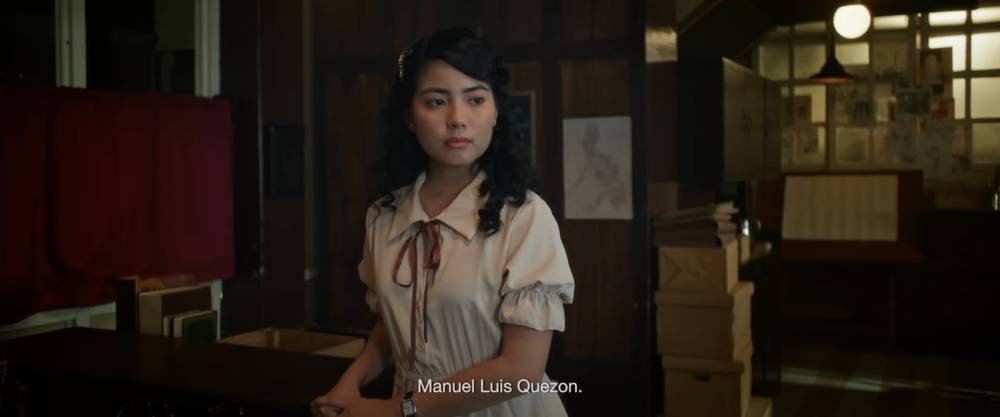
Therese Malvar, who plays Nadia Hernando—the filmmaker daughter of Carmen and the story’s bastion of youth and hope—feels similarly about her role. “Filmmaking, like journalism, was one of the male-dominated fields. So for her to be a filmmaker is revolutionary, too. I thought it was a great decision,” Malvar says. “She was given the space and freedom to use her voice and platform to share the message she wants to put out.”
But despite their more progressive characterizations, they still can’t fully escape the grip of the prevailing patriarchal norms. And this creates an irony for these women: communicators “who are unable to speak as loudly or emphatically in conversations, even in their own homes.”
“For a moment, I felt what it must have been like for women back then—how they had to make themselves smaller, but at the same time stand behind the power,” Santos relates.
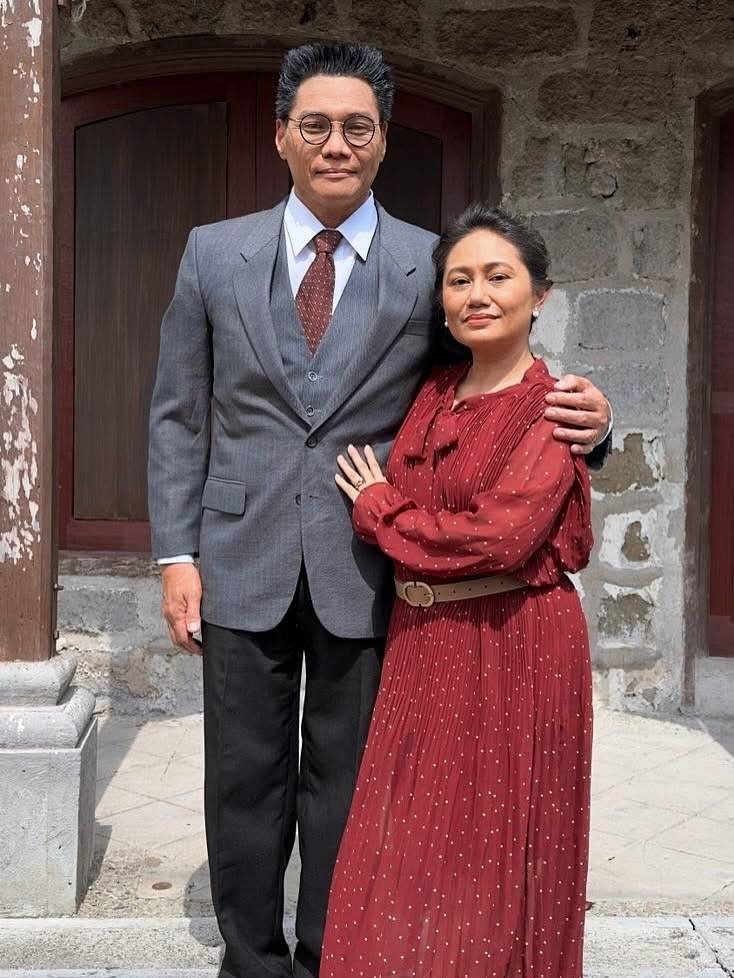
A beautiful challenge
But in hindsight, as an actress, it was actually a “beautiful challenge,” Santos says. Because it’s in maneuvering through those constraints that the power of these female characters truly shines, regardless of how brief their scenes were.
“I felt like our director wanted more from the women, to show that we weren’t just that. Jerrold wanted something in our scenes that revealed how women had to control themselves, but still exude intensity, passion, and life,” she points out.
This all rings true to Tarog’s greater ambition and future hopes. The filmmaker is no stranger to questions about when a female hero will finally lead her own film in his “Bayaniverse”—a trilogy originally designed to feature Antonio Luna (“Heneral Luna,” 2015), Gregorio del Pilar (“Goyo: Ang Batang Heneral,” 2018), and now, MLQ in “Quezon.”
Tarog says he would love to, but the opportunity has yet to present itself. That would depend on the producer, he jests. Still, by treating the female characters not as the passive figures they were once thought to be, Tarog offers a glimpse of where his vision could go.
“This is my small way of putting that in,” he says.

